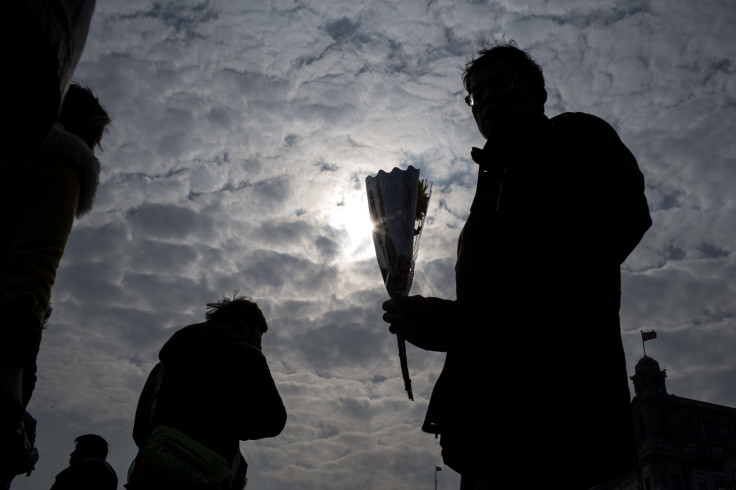Shanghai Stampede: Chinese Media Criticized Amid Conflicting Reports And Confusion

New Year’s Eve celebrations were marred in Shanghai after a stampede broke out in the city’s waterfront district known as the Bund, killing at least 36 people and injuring 49 others. Days later, conflicting reports about the cause of the panic has led to more confusion and heartache for victims’ families and Shanghai.
Several hours after the incident, the official Xinhua News Agency’s initial report said promotional coupons that looked like “dollar bills” were being thrown from a building’s window near the Bund, causing crowds to scramble. However, police officials took to Weibo to debunk that theory, saying an investigation found that the people throwing the coupons “didn’t cause crowding, and the event happened after the stampede.”
Still, the government remains in hot water with the public as officials have not been able to offer a conclusive account about what led to the tragedy. Officials have maintained the incident is still under investigation. However, a Beijing News report indicated the stampede was the result of the last-minute cancellation of a New Year’s Eve light show and the appropriate crowd-control measures that are typically needed for the event. Authorities failed to inform the public in time, drawing crowds that police were unable to handle.
“Since the light show was canceled, there was not an equal number of police deployed,” an unidentified Bund administration staff member told the Beijing News. “It was unexpected that the crowd lost control and caused the accident.”
The murky details of the stampede have left several families in the dark about the condition of their loved ones, and their concerns were only exacerbated by conflicting reports of medical staffers and police. According to the news blog Shanghaiist, the chaotic scene at several hospitals had some families waiting as long as 12 hours before they were able to confirm the identities of relatives, some of whom had died.
Before government officials in Shanghai were able to release the names of the victims to the public, a handful of the victims’ names were leaked to journalists. A debate about how the media covered the fatal accident has become another issue that the Shanghai public has struggled with in the wake of the stampede.
Local news reports included personal information about stampede victims pulled from their social-media accounts, particularly that of a 21-year-old woman named Du Yijun. While the information was publicly available, many criticized what felt like exploitation of victims to publish new information at a time when details were sparse. The emotional remarks posted by Du’s boyfriend, who survived the stampede, as well as personal photographs were used without the consent of Du’s family.
“There is a debate over whether it’s ethical for journalists to use personal information, [even though it was] made public by people themselves online,” Andi Wang, a student who was in Shanghai during the stampede, told International Business Times. Wang added the discussion centered on whether it was ethical for journalists to dig up stories of the dead “to make human-face stories” without the consent of their families.
Shanghai’s Fudan University made a statement on Weibo addressing the issue of the privacy brought up by Du’s case. “We express our deepest condolences,” the statement said. “We hope that the people who care will repost this, and we call on media to respect her, protect her, do not dig into her privacy, and do not publish her photos. Let the dead rest in peace.”
© Copyright IBTimes 2025. All rights reserved.





















